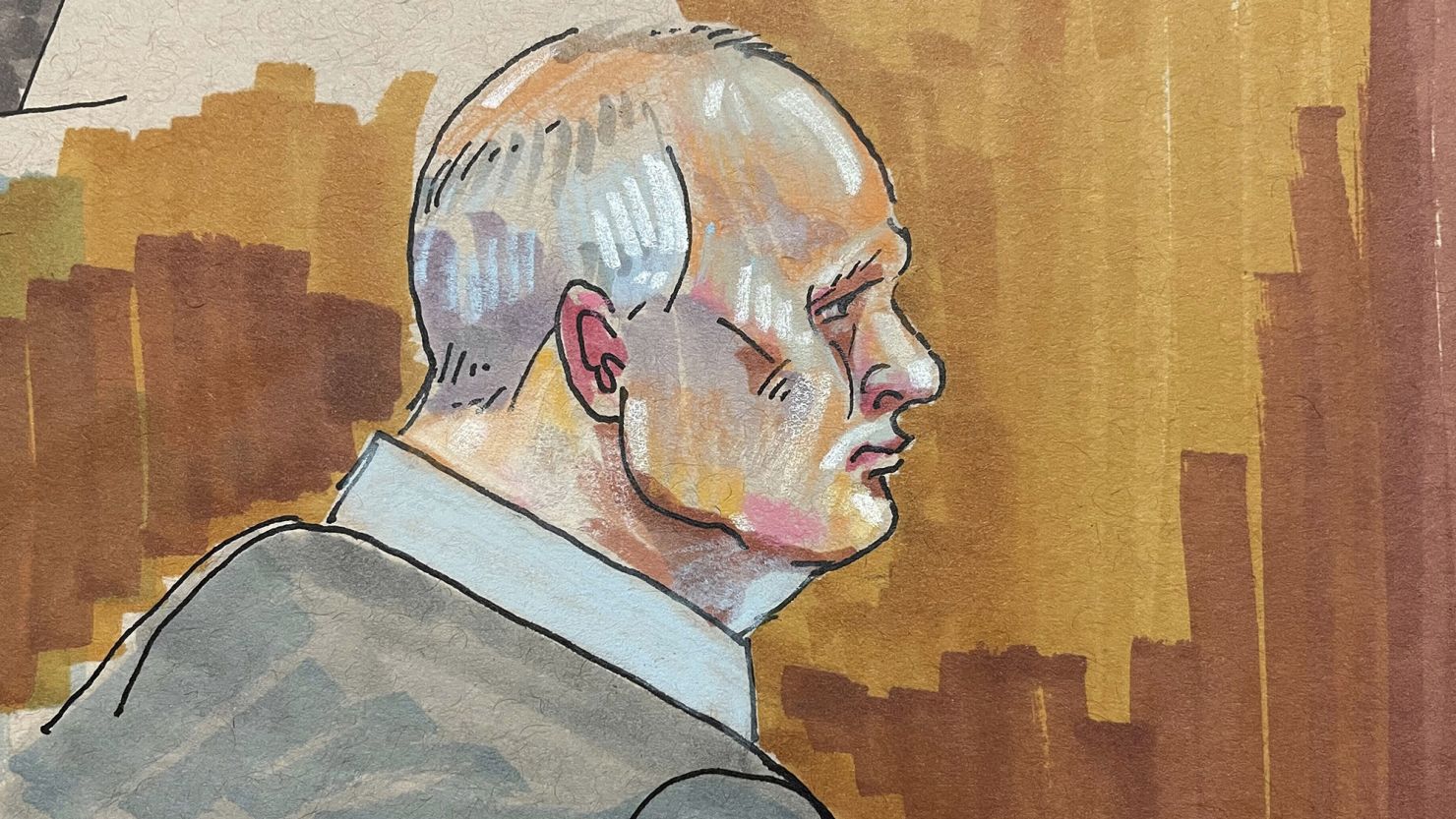The jury in the trial of Pittsburgh synagogue mass shooter Robert Bowers found Thursday he is eligible for the death penalty, shifting the focus of the proceeding to whether he should be sentenced to death or life in prison.
They deliberated for approximately two hours.
Bowers, 50, was found guilty on June 16 of all 63 charges against him for killing 11 worshippers and wounding six others at Pittsburgh’s Tree of Life synagogue in 2018, the deadliest attack on Jewish people in the US. Twenty-two of those counts were capital offenses.
The jury in the next phase will hear from survivors and loved ones of the victims, who will speak to the lasting impact of Bowers’ rampage.
On Monday, the jury will move to sentence selection, the final phase of the trial, to decide whether to recommend death for the capital offenses in light of all aggravating and mitigating factors.
“It has been nearly five years since 11 people were taken from us. They were beloved and valued family members, friends and neighbors,” Maggie Feinstein, director of the 10.27 Healing Partnership, a support group for the families, said in a statement.
“They cannot speak for themselves, and so their family members will speak for them. In the next phase of the trial, our justice system will perform its duty to listen to their voices. We support them and we stand with them.”
New Light Congregation, in a statement Thursday, said: “Significant progress has been made in the past eighty years” in combating antisemitism “but there is still work to be done.”
“This trial is an important step in drawing a line between speech and action. We commend the jury on their difficult work and trust in their judgment as we enter the final sentencing phase of the trial.”
In general, a death penalty trial is split into two parts, the guilt phase followed by the penalty phase. In this case, however, the judge granted the defense’s request to split the trial into three parts: the guilt phase, the eligibility phase and the sentencing selection phase. Each part has opening statements, closing arguments and a verdict.
During the eligibility phase, prosecutors had to prove Bowers had an intentional mental state when he committed the crimes and at least one aggravating factor applied to the mass shooting.
Prosecutors argued the shooting showed extensive planning and a clear intent that, in Bowers’ own words, “All Jews had to die.”
In contrast, the defense sought to question whether Bowers acted with intent and highlighted his mental health issues.
Two doctors testified for the defense that they diagnosed him with schizophrenia and noted his delusional thoughts and conspiracies about Jews. The prosecution called their own doctors, including a forensic psychiatrist, who disputed the diagnoses.
The mass shooting also left six wounded, including four police officers who responded to the scene. Eight people who were inside the building escaped unharmed.
The rampage unfolded on a day when the synagogue was hosting three congregations, Tree of Life, Dor Hadash and New Light, for weekly Shabbat services.
During closing arguments Wednesday, the defense team said the shooter’s delusions “took over his thinking.”
“In 2018, that delusional belief system took over his thinking and made him incapable of really doing anything except following the dictates of that belief system,” defense attorney Michael Burt told the jury.
The defense team has focused on the threshold intent factors in the case, attempting to prove that Bowers was incapable of forming the intent to kill or inflict serious harm due to mental illness, which Burt emphasized in his 90-minute closing argument.
“People don’t go into a church and kill a bunch of older people for no reason,” Burt said. “We’ve tried to provide you with reasons that we think explain how this horrible crime could’ve happened.”
Two medical experts called by the defense testified they had diagnosed the shooter with schizophrenia, and one also diagnosed him with epilepsy.
Burt said there’s a difference between “a rational, conscious intent to kill, as opposed to a crazy, delusional intent that is found in mental illness.”
In the prosecution’s rebuttal argument, attorney Eric Olshan disputed the defense experts’ diagnoses, saying Bowers does not have schizophrenia, epilepsy, or delusions.
“He just believes things that are repugnant,” Olshan said.
“Even if the defendant had these illnesses, they would say nothing about whether he could form the intent to kill,” the prosecutor told the jury.
“Don’t be distracted from the simple and commonsense fact that everything the defendant did in the months leading up to October 27 and on that horrific day was because that’s exactly what he intended to do,” Olshan said.
US District Judge Robert Colville instructed jurors before closing arguments not to consider the fact that Bowers did not testify in the trial. “You must not draw any adverse inference against him because he did not take the witness stand,” he said.
The jury heard from a total of 20 witnesses over more than two weeks of testimony in the trial’s latest phase.
On the day of the massacre, Bowers approached the synagogue with three handguns and an AR-15 rifle and began firing near the entrance to the synagogue and then opened fire on congregants, according to testimony.
Police eventually shot Bowers multiple times before he surrendered and was arrested.
Those who died included a 97-year-old great-grandmother, an 87-year-old accountant and a couple married at the synagogue more than 60 years earlier.
Before the shooting, Bowers spent years posting about attacks on immigrants and Jewish people on Gab, a small social media platform used by far-right extremists.
He criticized migrants as “invaders” and repeatedly disparaged the Hebrew Immigrant Aid Society, a Maryland charity originally founded a century ago in New York that provides support to refugees all over the world, regardless of religion.
CNN’s Ray Sanchez contributed to this report.

